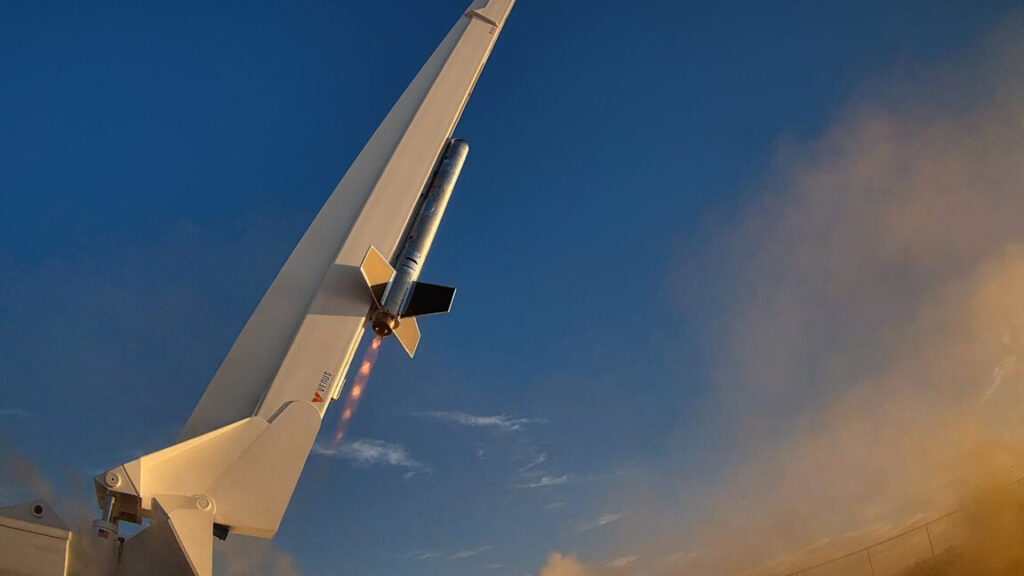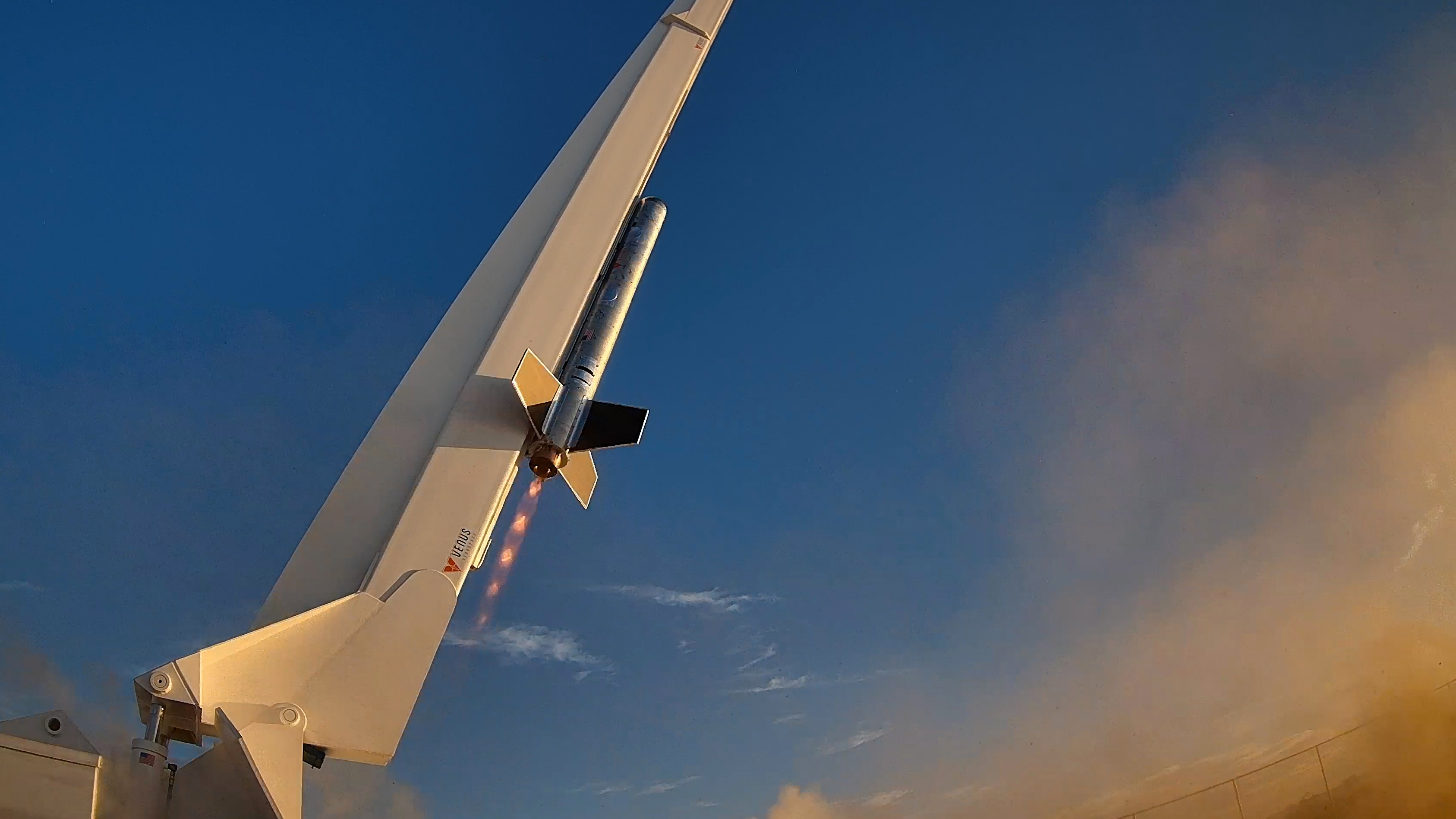Gouach wants you to insert and pluck the cells from its Infinite e-bike battery
“It was really a setback for the company [Gouach] at the time,” Vallette said. “But we knew that the technology itself was good, so we designed our own casing.” Gouach’s casing is now rated IP67, Vallette said, and meets UL 2271 standards.
Gouach’s video demonstrating its battery case’s fire resistance.
Unexpected resistance
There are three avenues for selling the Infinite Battery, as Vallette sees it. One is working with e-bike makers to incorporate Gouach’s tech. Another is targeting e-bike owners and small bike shops who, this far into e-bikes’ history, might be dealing with dead batteries. And then there are folks looking to build their own e-bikes.
The Infinite Battery will be made available in 36 V and 48 V builds, and Gouach’s app promises to help owners connect it to a wide variety of bikes. Actually fitting the battery case onto your bike is a different matter. Some bikes can accommodate the Gouach kit where their current battery sits, while others may end up mounting to a rack, or through creative, but hopefully secure, frame attachments.
One of the biggest compatibility challenges, Vallette said, was finding a way to work with Bosch’s mid-drive motors. The communications between a Bosch motor and battery are encrypted; after “a serious effort,” Gouach’s app and battery should work with them, Vallette said.
Gouach, having raised more than $220,000 on crowdfunding platform Indiegogo from about 500 backers, and $3.5 million in venture funding, is getting close to offering the batteries through its own storefront. Gouach’s roadmap puts them in mass production at the moment, with assorted bugs, certifications, and other matters to clear. EU-based backers should get their kits in June, with the US, and an open online store, to follow, barring whatever happens next in international trade. Vallette said in mid-May that the US’s momentary 145 percent tariffs on Chinese imports disrupted their plans, but work was underway.
If nothing else, Gouach’s DIY kit shows that a different way of thinking about e-bike batteries—as assemblages, not huge all-in-one consumables—is possible.
Gouach wants you to insert and pluck the cells from its Infinite e-bike battery Read More »




















